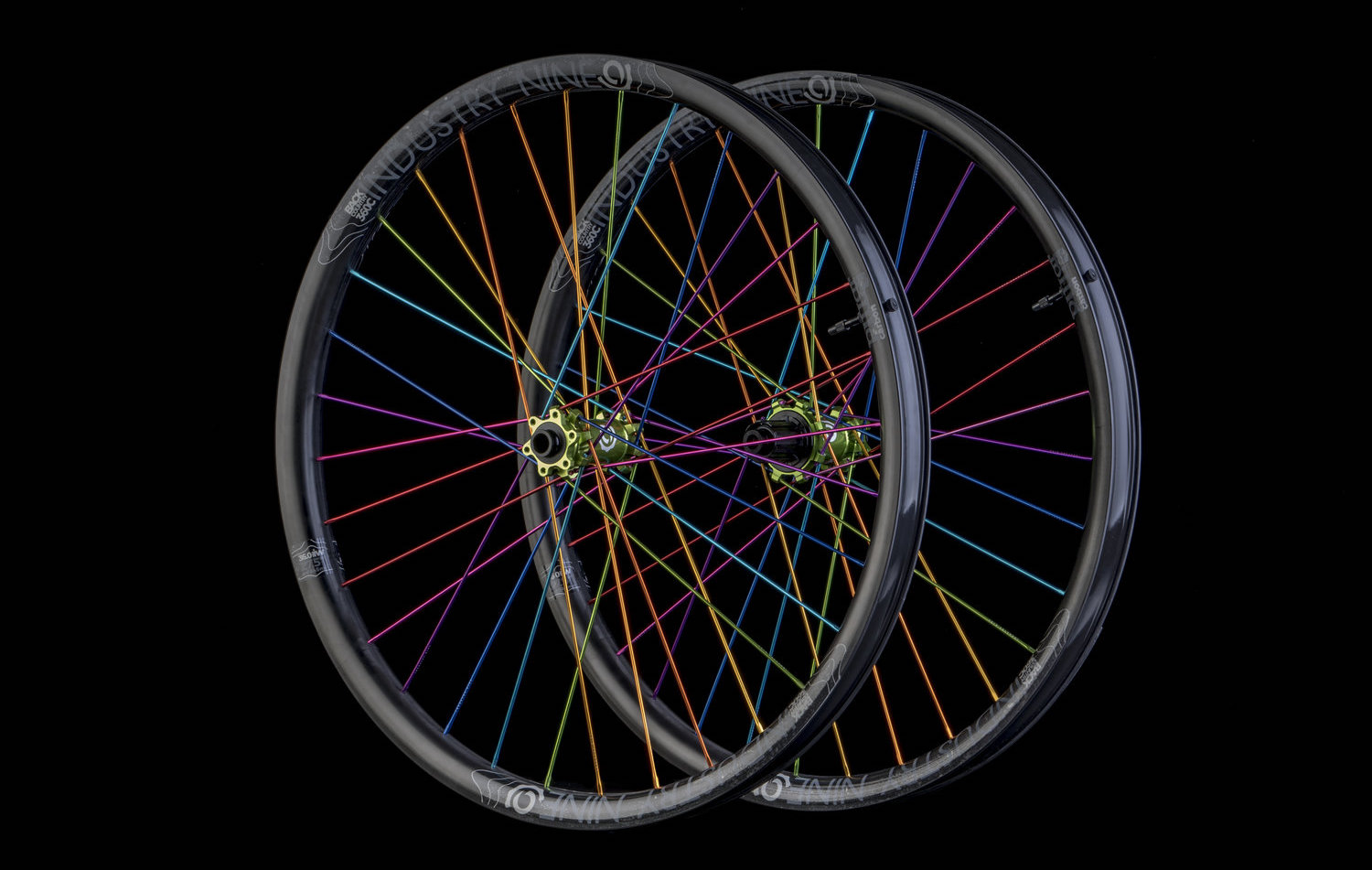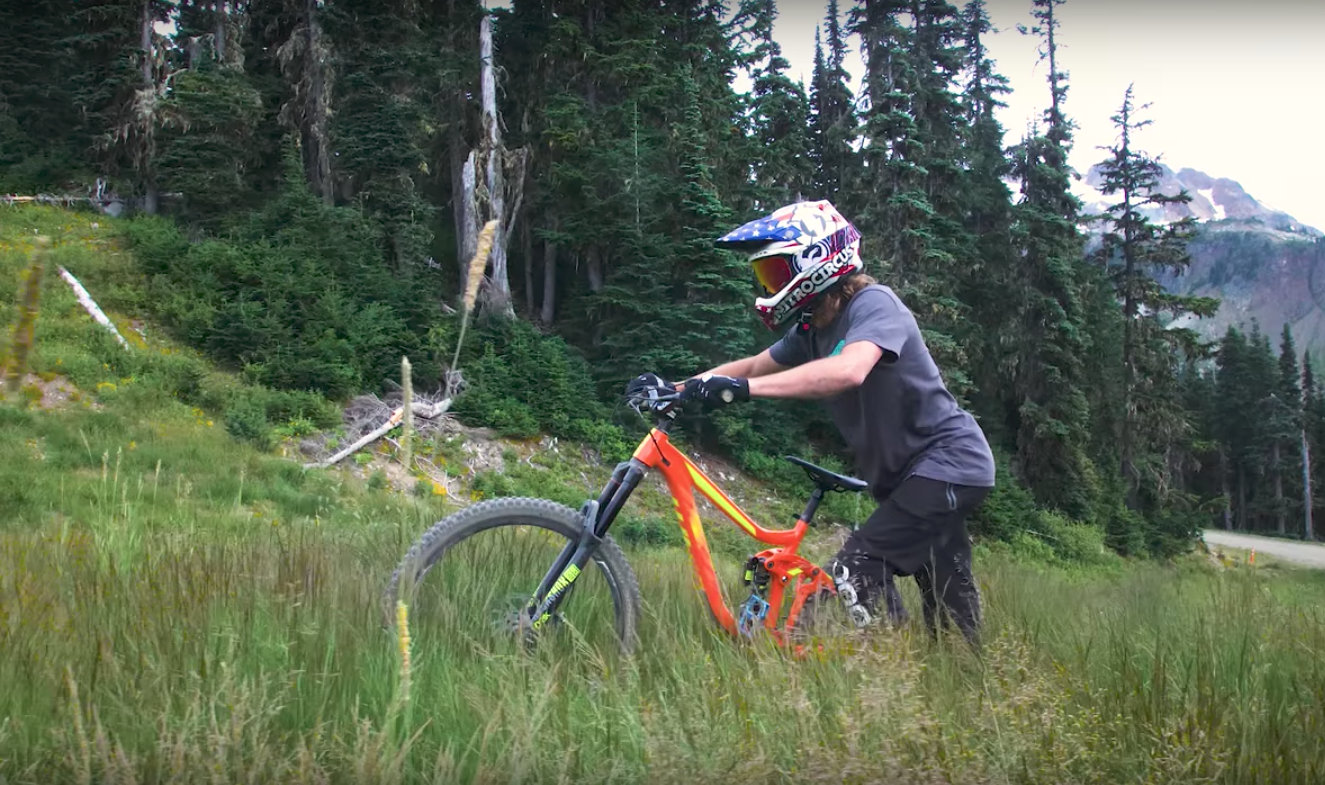We’ve had the Formula Selva installed on our long term Specialized Enduro 29 test bike since the Bike Festival 2017. It’s set at 160mm of travel and was used mainly on alpine terrain and long descents. If you doubt the strength and long-lasting quality of the Formula enduro fork, just read below.
Details
• Stanchion diameter (Ø): 35mm
• Material: aluminum alloy 7075
• Stanchion finish: Hard Anodized Black
• Hydraulics: cartridge with Internal Floating Technology
• Rebound: 21 click
• Compression: High and Low Speed – 12 click
• Adjustable compression curve using the Compression Tuning System (optional)
• Lockout
• Compression and lockout remote (optional)
• Elastic element: air cartridge (w/5cc Ballistol Oil)
• Steel negative spring (Dual Coil Technology)
• Offset (Rake): 46mm for the 27.5 // 51mm for the 27.5 Plus & 29
• Rotor maximum dimension: 203mm
Measured weight: 2,030 grams with tube cut at 16.4cm and star nut installed.
Price: €988 for the white and black model and €1033 for the purple version. The RCC remote costs €62 while the CTS valve kit with specific tool comes at €99.

Usually, on MTB forks it is possible to manage the air spring compression curve and to choose between up to 4 hydraulic settings: both compression and rebound at high and low speed.
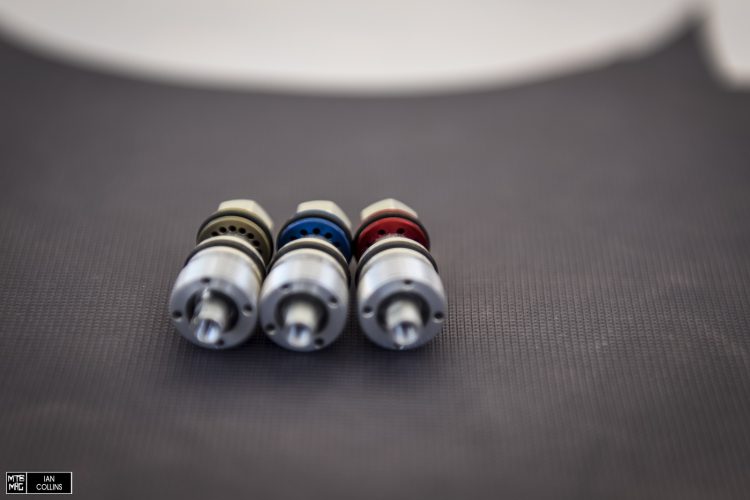
The CTS (Compression Tuning System) is a simple and practical system which controls the compression damping on Formula forks. You can change tunes in just 5 minutes using only a hex-key, a socket wrench and a specific tool supplied by Formula.
The blue knob can be easily removed to expose the CTS valve and install a new one of your choice.
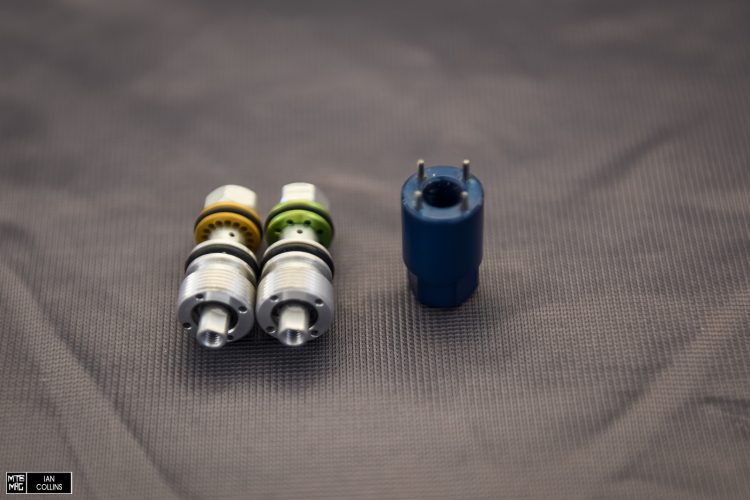
There are seven valves in total. Three “special” valves have a race-oriented setting and provide much more support at mid travel, without compromising reaction up on back to back hits. You can also customize them according to the rider’s characteristics such as weight, style of riding and preferences.
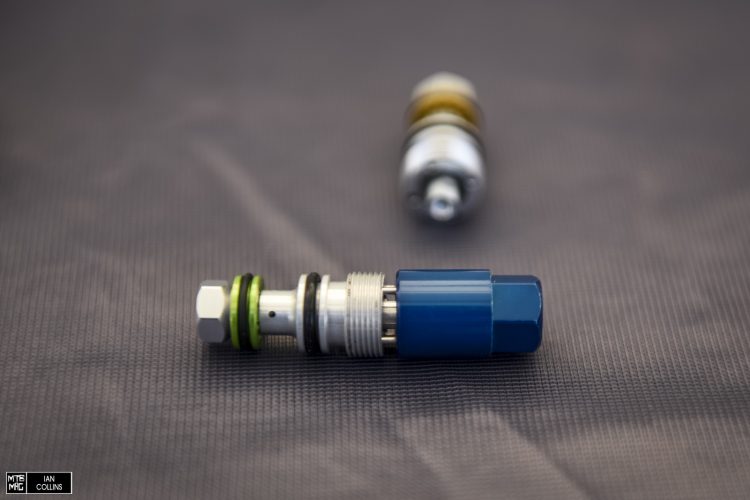
There’s also a specific one for E-bikes. Click here for more about valves and how they affect the performance.
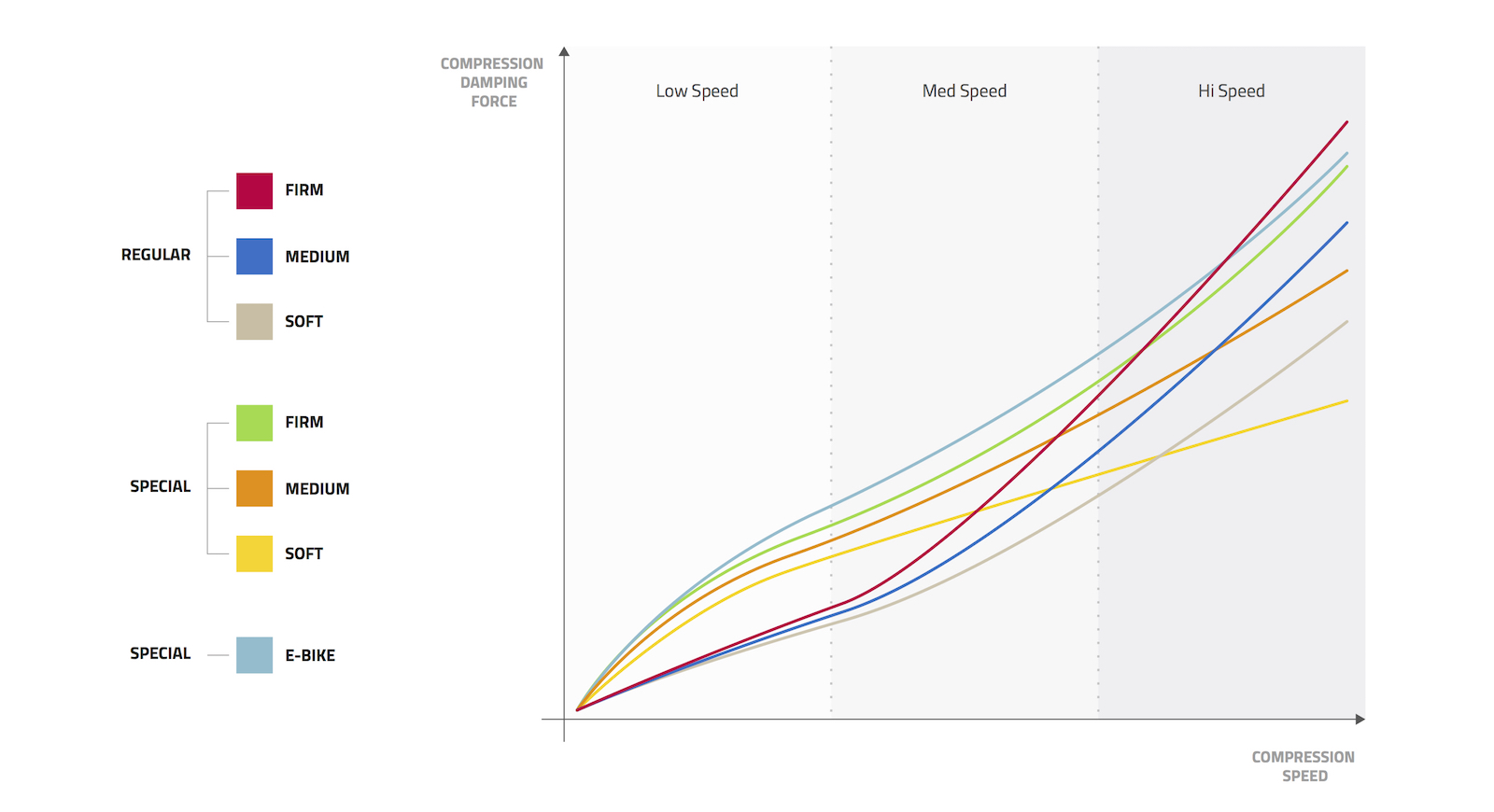
Settings
We tried out 2 of the 7 valves available: first the blue one, the one which is installed stock, when you buy the Selva, and then the green one, the most race-oriented one. It’s worth emphasizing that valves have nothing to do with tokens, which are used to reduce the volume of the positive chamber in the air spring. Valves are aimed at adjusting the hydraulics and therefore affect the behavior of the fork differently than spring adjustments.
With the Selva, you need to change the amount of oil in order to adjust the air spring volume and fine tune bottom out resistance. We used the standard amount of 5ml with both valves to avoid getting mixed up with too many variables during this test.

Since the negative chamber is managed by a spring, it is not adjustable according to the weight of the rider, unlike the positive air chamber. Our “ready to ride” rider, that means all dressed up and with the backpack, weights approximately 75kg, but we didn’t notice any sinking or diving from the Selva at all after having adjusted it according to his weight. We started with it inflated at 46 PSI, the pressure suggested for a 50kg rider at 160mm of travel. Regarding pressure: we found the optimal pressure for the rider at 61 PSI.
In this first test we’ll focus on the behavior of the fork with the green valve. In a future article we will also discuss the other ones.
On the Trail
In a four-month test we could understand the Selva more in depth and appreciate the adjustment options. The blue knob, which adjusts the compression, is one of the most efficient we’ve ever used: you can clearly feel the difference between the lock and the open position, and with the 12 clicks, the tuning is not just a fine tuning, but it also strongly affects the behavior of the fork in the compression adjustment.
The lockout lever is quick and easy to utilize when pedaling, and the gate can be adjusted by screwing or unscrewing the “black” knob: from a full to a medium lockout, made to ride on rough off-road tracks. Turning the golden lever clockwise, towards the lockout, you won’t have a progressive stiffening of the fork. The “magic” happens only in the last few millimeters of rotation. In the end it’s just a proper lockout lever.
The 15mm thru axle is easy to tighten and it didn’t come loose during the whole test.

One of the things you literally hear right away, is the “hiss” noise coming from the Selva every time it gets compressed and then stretches out again. It is almost a Formula trademark, it’s a matter of taste, but for sure it does not affect the performance.
With the green valve, the Selva gives more feedback from the ground. Despite being sensitive at early travel, it is not the bump gobbling machine it was with the blue valve. It does absorb small bumps but vibrations are not filtered as well as with the blue one. On the other hand it gives more support, especially at mid travel, thus helping the rider on steep terrain and working at the higher part of the travel also on steep sections and under heavy braking. The most effective property of the green valve can be felt facing medium and big hits, perfectly absorbed by the Selva in the case of back to back impacts like in a rock garden. The Selva allows you to keep the front wheel tracking nicely in line and glued to the ground.
As you may have understood, the green valve is good for “calloused-hand” riders. It is more likely to end a descent with aching hands than with a standard set Selva (blue valve), and you can fully appreciate it only after a lot of downhill training. We really liked it on the Mount Tamaro trail (Switzerland), in the middle section, with a lot of back to back drops, which you face at high speed. The travel is fully used only when really needed, not frequently bottom out, which can undermine the balance on bike. Even when the track gets super steep, the fork doesn’t blow through the travel before you actually encounter obstacles.
Speaking of bottoming out, the Selva is naturally very progressive, with no need to adjust the oil level to increase progressivity. From that you can understand the racing mind this fork was designed with. For those who are looking for something more all mountain / trail, there is also the Formula 35.
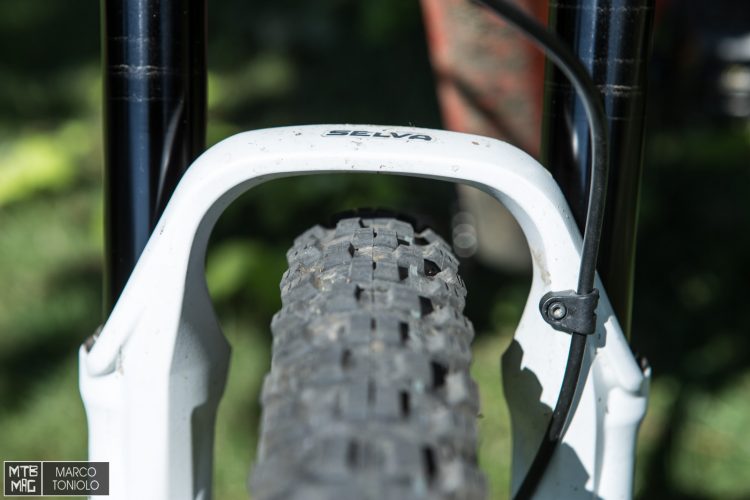
Regarding the chassis, we really liked the large clearance between stays/arch and the tire: no issues even with muddy fat tires (in the picture you see 2.35” Schwalbe Nobby Nic). With 2kg of weight and 35mm stanchions, the Selva is in line with the competitors regarding stiffness. On a 29er anyway, it should be taken into consideration that the wheels flex, which in our opinion affects the precision more than the fork, unless the latter is made of butter.
During the test we didn’t do any maintenance: the Selva has always been very fluid, with no loosening. We plan to have an oil check at the Formula truck at the Finale Ligure EWS, just for convenience. This way we are surely to be able to comfortably use it until next summer, with no need to worry about typical muddy or wet winter conditions.
Conclusions
Formula an enduro fork in their line at the same performance level of other more glamorous brands. Sensitive, supportive in mid travel, easily adjustable according to one’s preferences or trails, durable over the long haul and with a highly adjustable external settings. It’s hard to want more.





